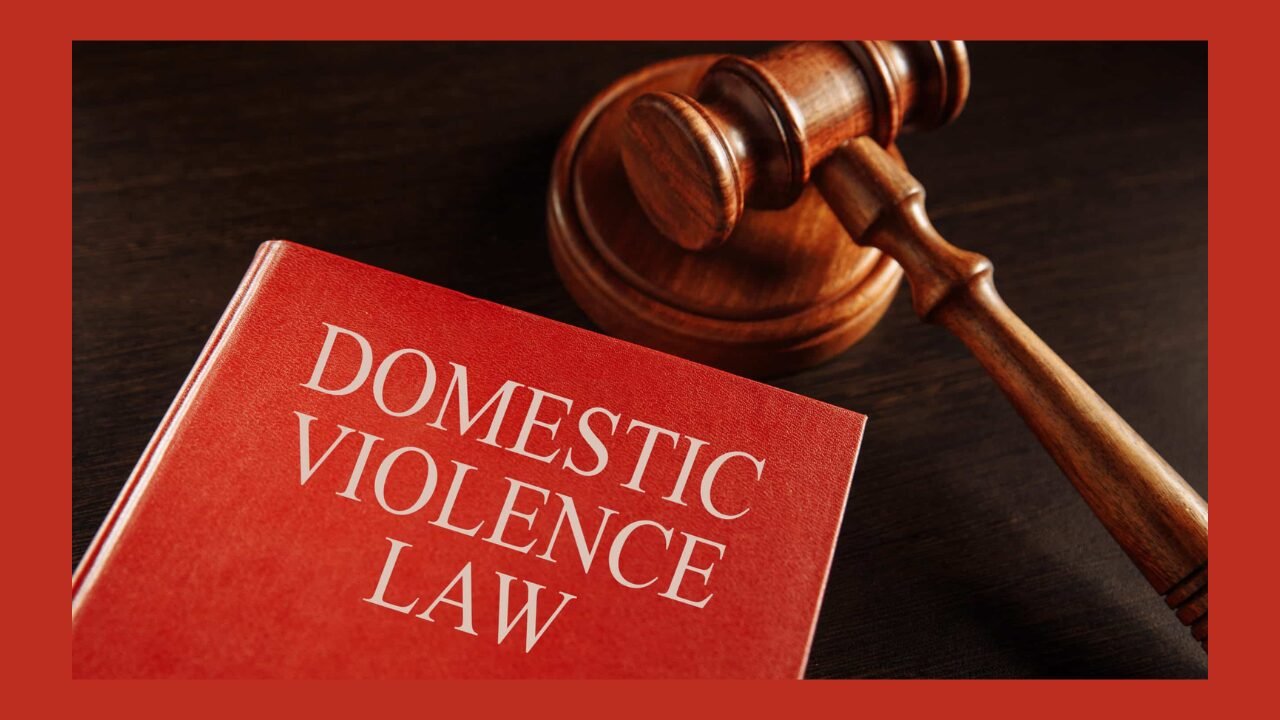The Legal Landscape Around Domestic Violence and the Lawyer’s Role Within It

Domestic violence is a significant concern that affects people worldwide. It’s not confined to physical abuse—emotional, psychological, and financial abuse also fall under its wide-ranging definition. In legal terms, domestic violence is a category that covers various abusive behaviors within a domestic relationship. When allegations of domestic violence arise, the legal system plays a vital role in protecting victims and ensuring justice.
However, the path through the legal system is complex, and this is where a domestic violence lawyer becomes essential. Whether representing victims or those accused, these lawyers play a crucial role in guiding their clients through the often overwhelming process, ensuring that both sides of the case are heard and justice is served.
Common Types of Domestic Violence Cases
Physical Abuse Cases
Physical abuse cases are the most commonly recognized and can include hitting, slapping, choking, or causing bodily harm to the victim. These cases are often supported by evidence such as medical records, photographs of injuries, and witness testimony.
Emotional and Psychological Abuse
Emotional and psychological abuse may be harder to prove in court, but it can profoundly impact a person’s mental health. This includes verbal threats, humiliation, intimidation, controlling behavior, or manipulating the victim’s emotions. A domestic violence lawyer must rely on testimonies, evidence such as text messages or emails, and expert testimony from psychologists to make a case for emotional abuse.
Financial Abuse
Financial abuse can include actions like controlling the victim’s access to money, sabotaging their job, or taking over their finances without consent. This is often an element of a broader pattern of abuse, but may not consistently be recognized unless it’s actively reported or noticed by someone outside of the relationship.
Stalking and Harassment
Stalking and harassment cases often involve repeated unwanted behavior that creates fear in the victim. It could include following the victim, showing up at their workplace, or sending threatening messages. In the age of technology, cyberstalking—using digital platforms to harass or intimidate—is also a growing issue, requiring specific legal attention.
Legal Protections and Laws in Place
Restraining Orders and Protective Orders
One of the primary ways the legal system responds to allegations of domestic violence is through restraining orders or protective orders. These legal tools serve to prevent the abuser from contacting the victim and offer immediate protection.
A court may grant a restraining order that includes provisions such as:
- Prohibiting contact or communication with the victim
- Mandating the abuser to maintain a specific distance from the victim
- Removing the abuser from a shared residence
- Temporary child custody arrangements
Mandatory Arrest Laws
In many jurisdictions, mandatory arrest laws apply, which means that when law enforcement has probable cause to believe that domestic violence has occurred, an arrest is made, even if the victim doesn’t want to press charges. These laws aim to address abuse and protect the victim from further harm promptly.
Federal Laws
In addition to state laws, several critical federal laws protect victims of domestic violence, such as the Violence Against Women Act (VAWA). VAWA provides funding to local law enforcement agencies, shelters, and other services aimed at assisting victims of domestic violence and stalking.
The Court Process in Domestic Violence Cases
Step 1: Police Involvement and Arrest
When an incident of domestic violence is reported to the authorities, the police typically respond by investigating the situation. Depending on the severity of the case, officers may arrest the alleged abuser immediately. Law enforcement will then document the incident, collect evidence (such as photographs or medical records), and prepare a report for the prosecutor.
Step 2: Charges Filed by the Prosecutor
Once the police report is submitted, the district attorney (DA) reviews the case to determine whether to file charges. Domestic violence cases are often handled by specialized prosecutors who have experience in dealing with these sensitive matters.
Step 3: Court Hearings
Once charges are filed, a series of hearings will take place, including an arraignment, pre-trial motions, and possibly a trial. During these hearings, both the victim and the accused will have opportunities to present evidence and testimony. For victims, a domestic violence lawyer helps to ensure that their safety is prioritized and that the case is presented in a way that best represents their interests.
READ MORE
Conclusion
Domestic violence law is both intricate and highly sensitive. Whether you are a victim seeking protection or an accused individual needing defense, a domestic violence lawyer plays a pivotal role in the legal process. They help to ensure that the law is followed, rights are protected, and justice is served. Understanding how the legal system works in the context of domestic violence—and recognizing the critical role lawyers play—can make navigating these challenging cases a bit clearer.
FAQs
1. What does a domestic violence lawyer do?
A domestic violence lawyer represents clients involved in abuse cases, helping victims seek protection or defending individuals accused of abuse. They guide clients through legal proceedings and advocate for their rights.
2. Can a domestic violence case be dropped?
Yes, but only the prosecutor can do so, not the victim. Even if a victim refuses to testify, the state may still choose to prosecute the case, especially if there is sufficient evidence to support it.
3. How long does a typical domestic violence case last?
The timeline of a domestic violence case depends on the court’s availability and the complexity of the situation. Some cases resolve within weeks, while others, especially those that go to trial, can take several months.
4. Is emotional abuse considered domestic violence?
Yes, many states recognize emotional and psychological abuse as forms of domestic violence, particularly when there’s a pattern of behavior causing fear or distress.
